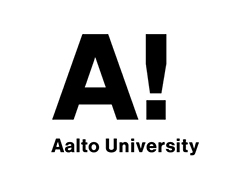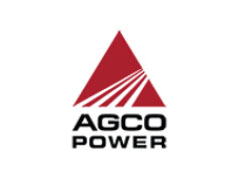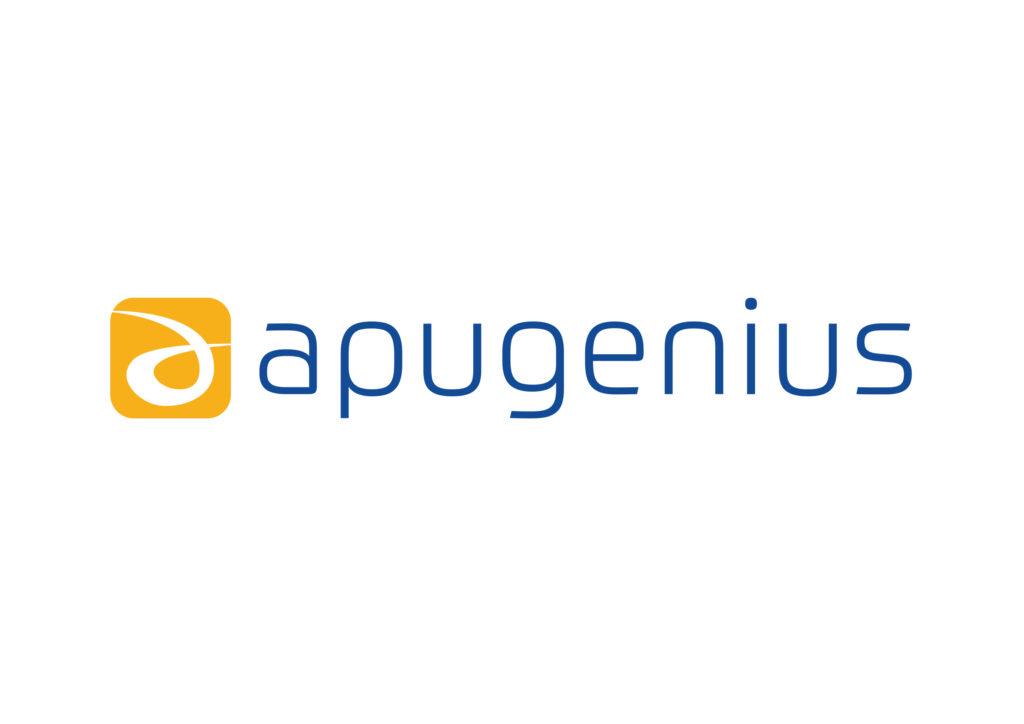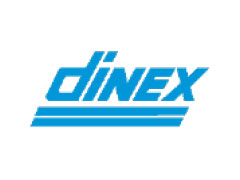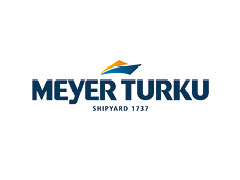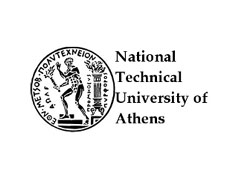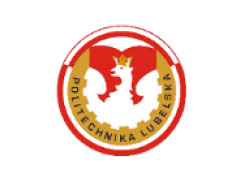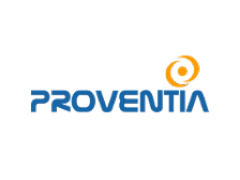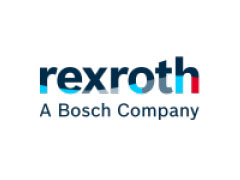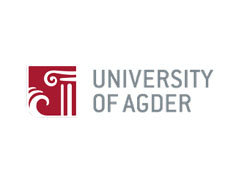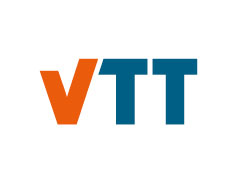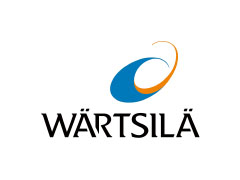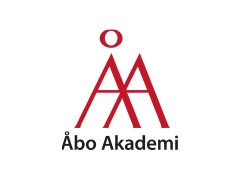A report on State of art of hybrids in marine and working machine fields has been completed in Clean Propulsion Technologies WP4 “Multiple power source propulsion”. The literature review type report consists of three parts Part 1: Hybridization of off-road working machines, Part 2: Control methods of hybrids for marine applications, and Part 3: High voltage legislation, Safety and Use cases.
The report gives an overview of hybrid technologies in mobile work machines, control methods for hybrids in marine applications and legislation related to high voltage systems. In addition, several use cases of hybrids are presented. The content is based on a literature review of research publications and commercial applications. Approx. 500 references were included in this review. For mobile work machines, the study covered the principle of different hybrid topologies – both electric and hydraulic, different primary energy sources, and control strategies for hybrid electric vehicles. For marine applications, the focus was on the control algorithms. However, laboratory setups enabling for example the validation of simulation models for marine applications were also presented.
State of art report was especially interesting for the design and implementation of hybrid mobile work machine demo of Clean Propulsion Technologies project. Based on the reported hybrid work machine applications and their benefits, i.e. the reduction of fuel consumption and emissions, serial hybrid topology was clearly the most potential solution for this specific demo case. However, even though the reported reduction of fuel consumption of hybridized machines were significant, even up to 50 % of the original values, in many cases the test conditions were not clearly reported. This was especially the case with commercial machines. It is also clear, that the potential for fuel consumption reduction and energy efficiency improvement is strongly affected by the loading profile and work cycle of the machine. For energy storage systems in mobile work machines, numerous alternative solutions have been simulated and also tested in real applications. These include for example different types of batteries and supercapacitors for electricity, hydraulic accumulators and kinetic energy storage with flywheels. When considering the operating costs of hybridized machines, the investment costs needed for the hybrid powertrain were typically neglected and thus the payback time of hybridized system was not assessed.
The report was made in collaboration between Aalto University, Tampere University and LUT University and is internal to the CPT consortium.

